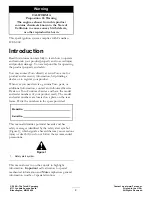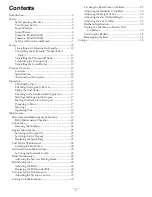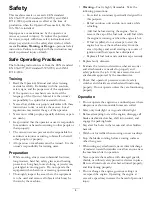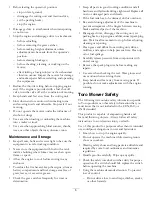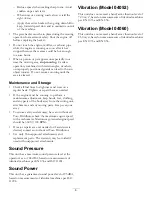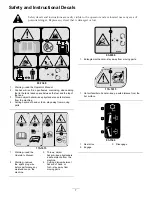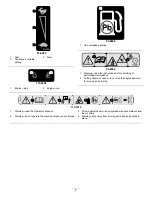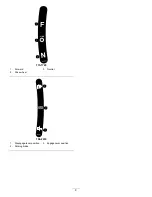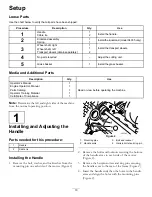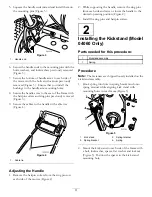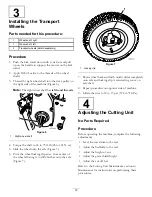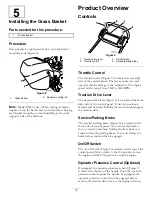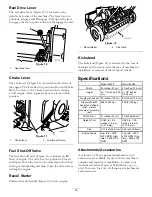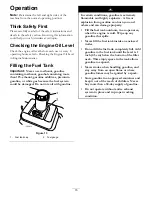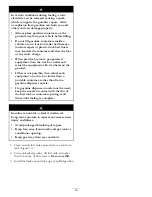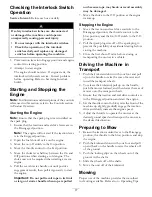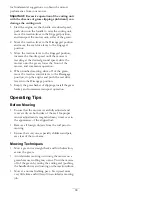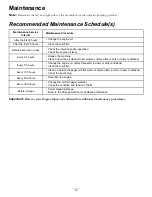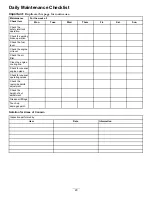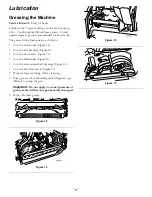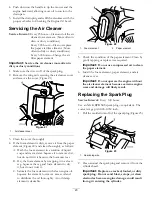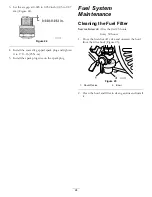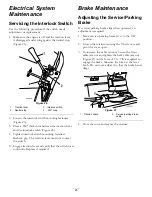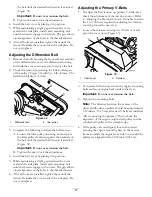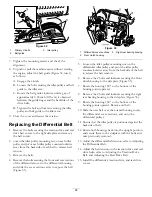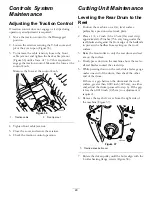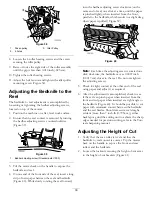
In certain conditions during fueling, static
electricity can be released causing a spark
which can ignite the gasoline vapors. A fire
or explosion from gasoline can burn you and
others and can damage property.
•
Always place gasoline containers on the
ground away from your vehicle before filling.
•
Do not fill gasoline containers inside a
vehicle or on a truck or trailer bed because
interior carpets or plastic truck bed liners
may insulate the container and slow the loss
of any static charge.
•
When practical, remove gas-powered
equipment from the truck or trailer and
refuel the equipment with its wheels on the
ground.
•
If this is not possible, then refuel such
equipment on a truck or trailer from a
portable container, rather than from a
gasoline dispenser nozzle.
•
If a gasoline dispenser nozzle must be used,
keep the nozzle in contact with the rim of
the fuel tank or container opening at all
times until fueling is complete.
Gasoline is harmful or fatal if swallowed.
Long-term exposure to vapors can cause serious
injury and illness.
•
Avoid prolonged breathing of vapors.
•
Keep face away from nozzle and gas tank or
conditioner opening.
•
Keep gas away from eyes and skin.
1. Clean around fuel tank cap and remove cap from
tank (Figure 13).
2. Using unleaded gasoline, fill fuel tank no higher
than to bottom of filter screen.
Do not overfill.
3. Install fuel tank cap and wipe up any spilled gasoline.
16

